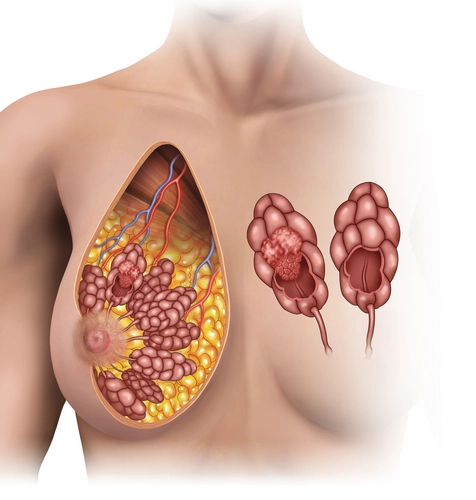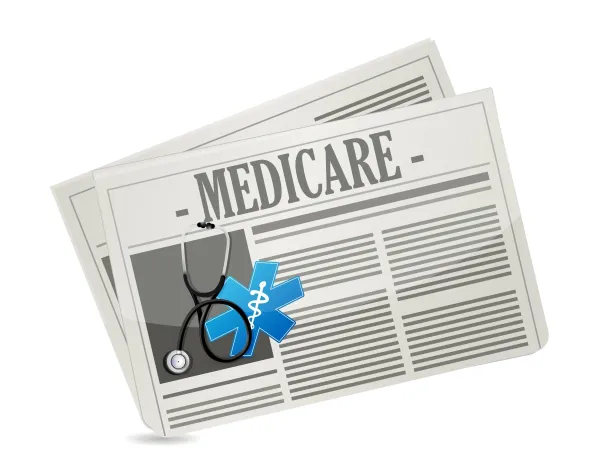Ob-Gyn Coding Alert
E/M Coding:
Reporting 99211 Every Day? Follow These 5 Best Practices
Published on Thu Mar 15, 2018

You’ve reached your limit of free articles. Already a subscriber? Log in.
Not a subscriber? Subscribe today to continue reading this article. Plus, you’ll get:
- Simple explanations of current healthcare regulations and payer programs
- Real-world reporting scenarios solved by our expert coders
- Industry news, such as MAC and RAC activities, the OIG Work Plan, and CERT reports
- Instant access to every article ever published in Revenue Cycle Insider
- 6 annual AAPC-approved CEUs
- The latest updates for CPT®, ICD-10-CM, HCPCS Level II, NCCI edits, modifiers, compliance, technology, practice management, and more
Related Articles
Other Articles in this issue of
Ob-Gyn Coding Alert
- Gynecology:
Bust 4 Myths Before Making a $300 Vulvectomy, Integumentary Code Mistake
Highlight the type of lesion, lesion size (plus margin), and type of closure. Worst case [...] - E/M Coding:
Reporting 99211 Every Day? Follow These 5 Best Practices
Here's what the nurse needs to document. Having a nurse on staff at your ob-gyn [...] - Obstetrics:
Your Top Fetus 1, Fetus 2 ICD-10-CM Coding Questions Answered
Is your physician not consistent identifying the fetus? Here's what to do. If you're confused [...] - You Be the Coder:
Flishie Clips Removal with a Myomectomy
Question: Physician removed Flishie clips at the same time as a Myomectomy. What CPT® code [...] - Reader Question:
Here's How to Bill for the Bakri Balloon
Question: A patient had a primary c-section for breech and fibroids. The c-section was completed [...] - Reader Question:
Decide Which Initial and Follow-Up Ultrasound Codes to Report
Question: What is the CPT® code for initial anatomy ultrasound at 15 weeks gestation and [...] - Reader Question:
Solve Your Vaginal Cuff Repair Post-Hysterectomy Question
Question: How should I code for a vaginal cuff repair after a hysterectomy done? Alabama [...] - Reader Question:
How to Isolate Delivery Without Prenatal, Postpartum Care
Question: We deliver patients in the hospital who receive no prenatal care. We perform delivery [...] - Reader Question:
Consider Your ICD-10 Options for Rubella Non-Immune Status
Question: How do you code Rubella non-immune status in a pregnant patient? I can only [...] - Reader Question:
Determine Whether to Report Observation or Discharge Code
Question: I have a question about obstetrical patients in observation status. If a patient is [...]
View All




